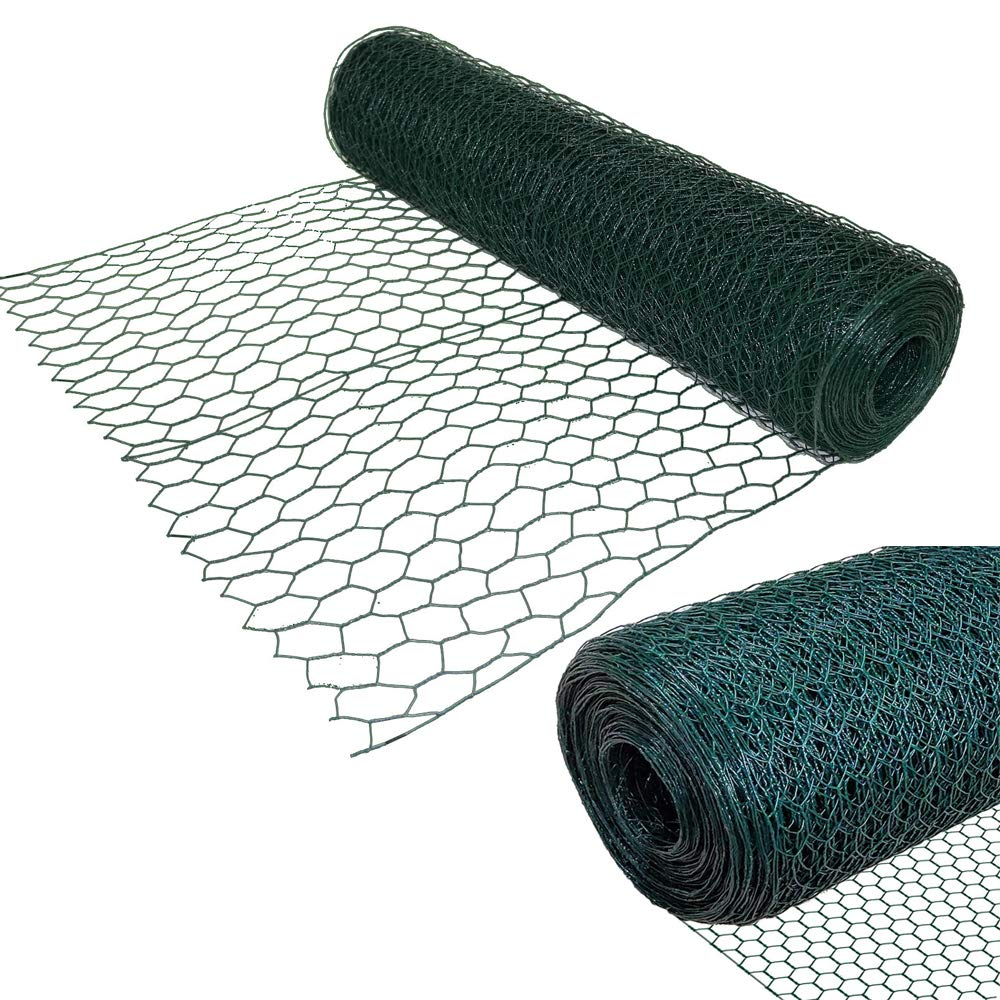Understanding Standard Perforated Sheet Sizes
Perforated sheets are widely used in various industries due to their unique properties and versatility. They are essentially sheets of material, typically metal, plastic, or even paper, that have been punched with holes in a specific pattern. The purpose of these holes can vary, including ventilation, filtration, and aesthetic purposes. One crucial aspect of perforated sheets is their standard sizes, which facilitate easier production, inventory management, and application in various projects.
Common Materials Used in Perforated Sheets
The most common materials for perforated sheets include stainless steel, aluminum, mild steel, and plastic. Each material has its advantages, depending on the application. For instance, stainless steel perforated sheets are ideal for environments that require resistance to corrosion and harsh conditions, making them popular in construction and food processing industries. Aluminum sheets, on the other hand, are lightweight and corrosion-resistant, which makes them suitable for decorative applications and lightweight structures.
Standard Sizes and Their Importance
Standard sizes for perforated sheets typically range from 4x8 feet to 5x10 feet, although custom sizes are also available based on specific project requirements. The standard sizes not only simplify the manufacturing process but also allow for easier calculations and inventory management. For example, when architects or engineers design a project, knowing the standard sizes available can save time and reduce material waste.
standard perforated sheet sizes

Standard perforated sheet sizes are also beneficial for end-users and installers. When a product is offered in a standard dimension, it eliminates the need for custom cuts, which can lead to inconsistencies and additional labor costs. This is especially important in large projects where multiple sheets are required, allowing for more efficient installation and a streamlined workflow.
Hole Patterns and Their Applications
The holes in perforated sheets can be configured in various shapes and patterns, including round, square, or slotted holes. The choice of hole pattern often depends on the intended use of the sheet. For example, round holes are commonly used for ventilation and sound absorption, while slotted holes are effective for drainage and can allow for greater air and light flow. Understanding the implications of different hole patterns in conjunction with standard sizes is essential for optimizing performance in specific applications.
Conclusion
In summary, standard perforated sheet sizes play a critical role in the manufacturing and application of these versatile materials. Whether used in construction, architecture, filtration systems, or decorative designs, knowing the standard sizes can help in selecting the right product for the job. Furthermore, understanding the properties of various materials and hole patterns can aid in making informed decisions that enhance performance and aesthetics.
As industries continue to evolve and demand more from materials, the significance of standard perforated sheet sizes will likely remain crucial. Manufacturers may innovate further in terms of material durability and unique patterns, but the foundation of standardization will consistently serve as a key component in its widespread use. Thus, whether you’re an architect, designer, or contractor, familiarizing yourself with the available standard perforated sheet sizes can facilitate a more efficient and successful project execution.
-
The Strength and Versatility of Aluminum Expanded Metal Mesh
NewsJun.10,2025
-
Safety Guards and Machine Enclosures Using Expanded Mesh
NewsJun.10,2025
-
Performance with Round Hole Perforated Mesh in Wall Panels
NewsJun.10,2025
-
How Steel Grating Trench Covers Distribute Weight Efficiently
NewsJun.10,2025
-
How Deck Mesh Railing Enhances Backyard Aesthetics
NewsJun.10,2025
-
Comparing Bar Thickness and Spacing in Steel Grating
NewsJun.10,2025
Subscribe now!
Stay up to date with the latest on Fry Steeland industry news.

